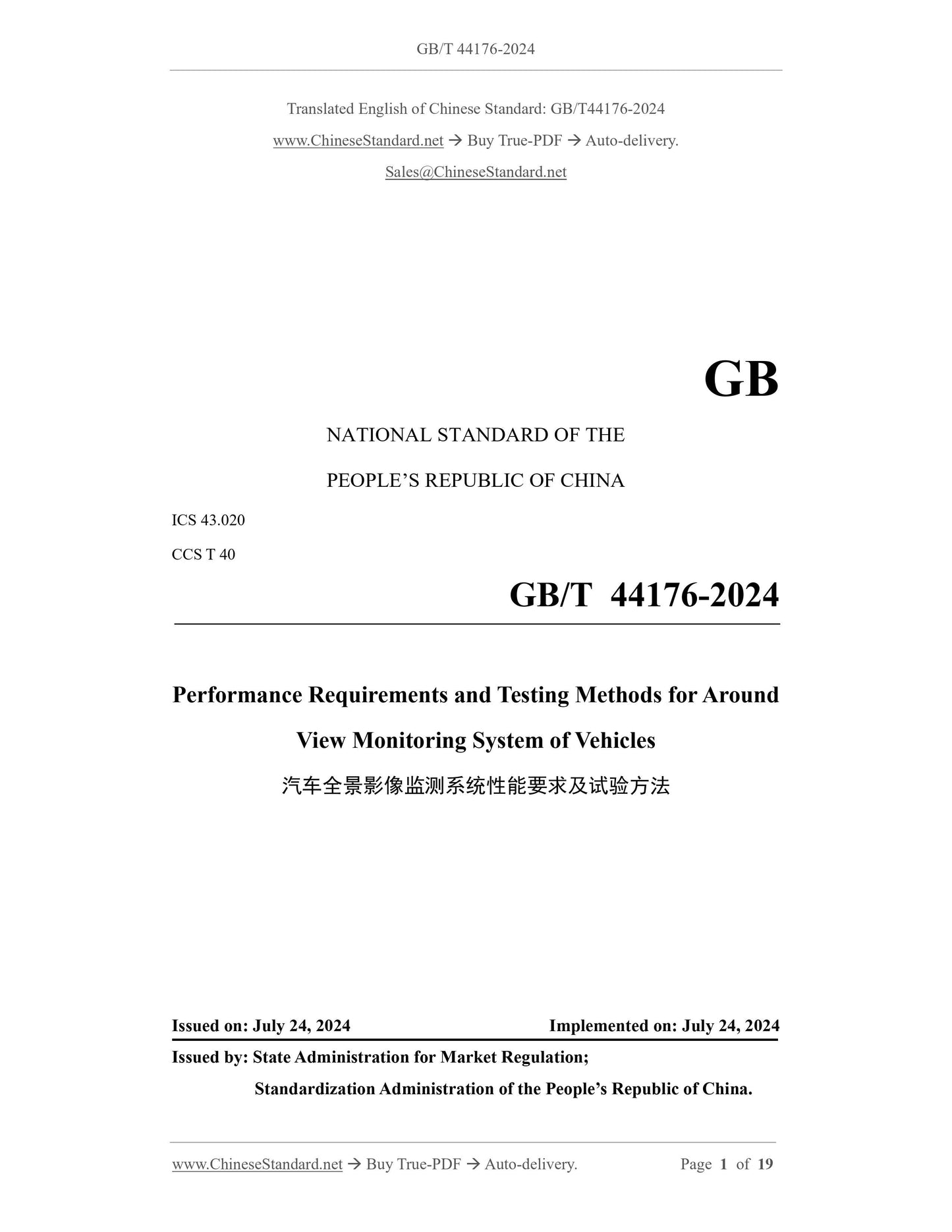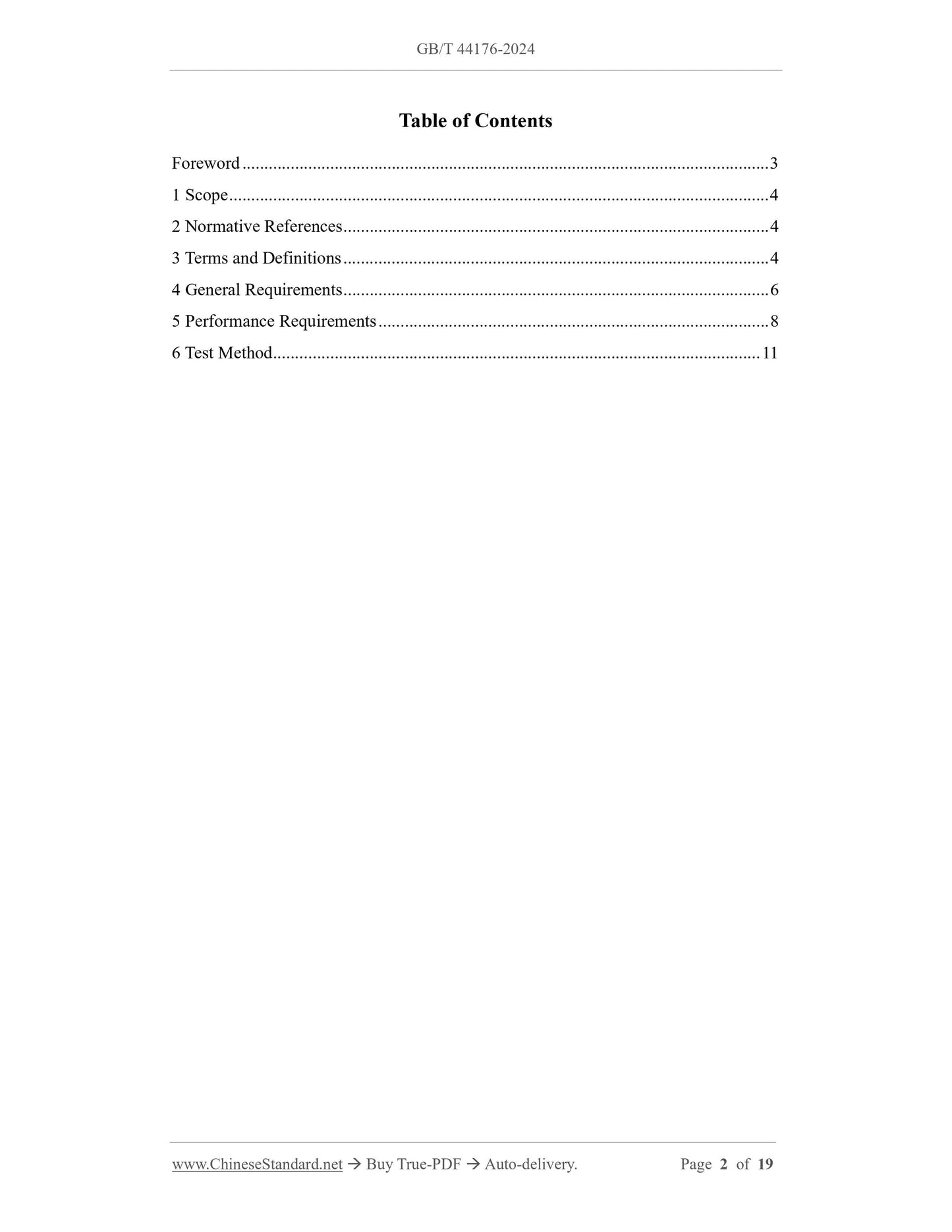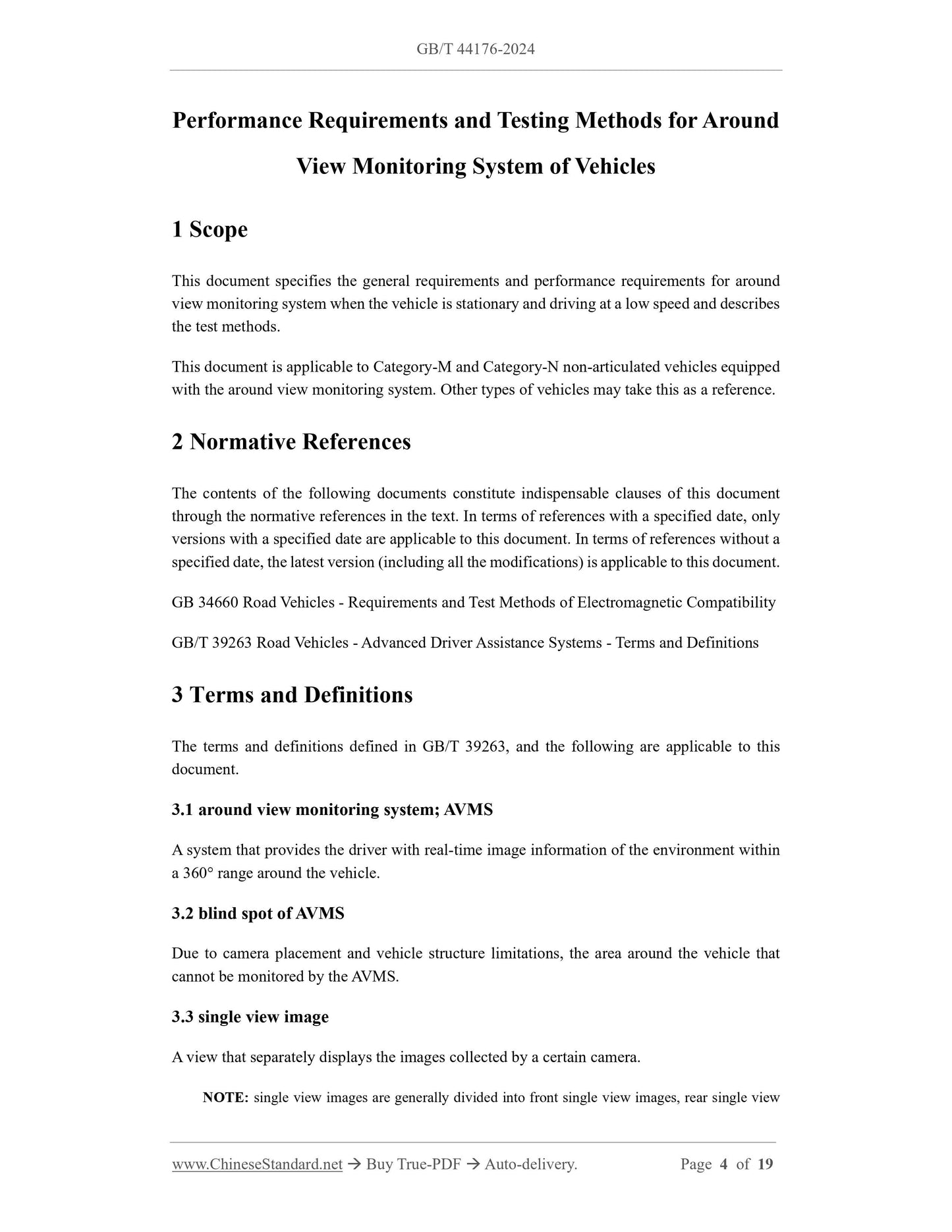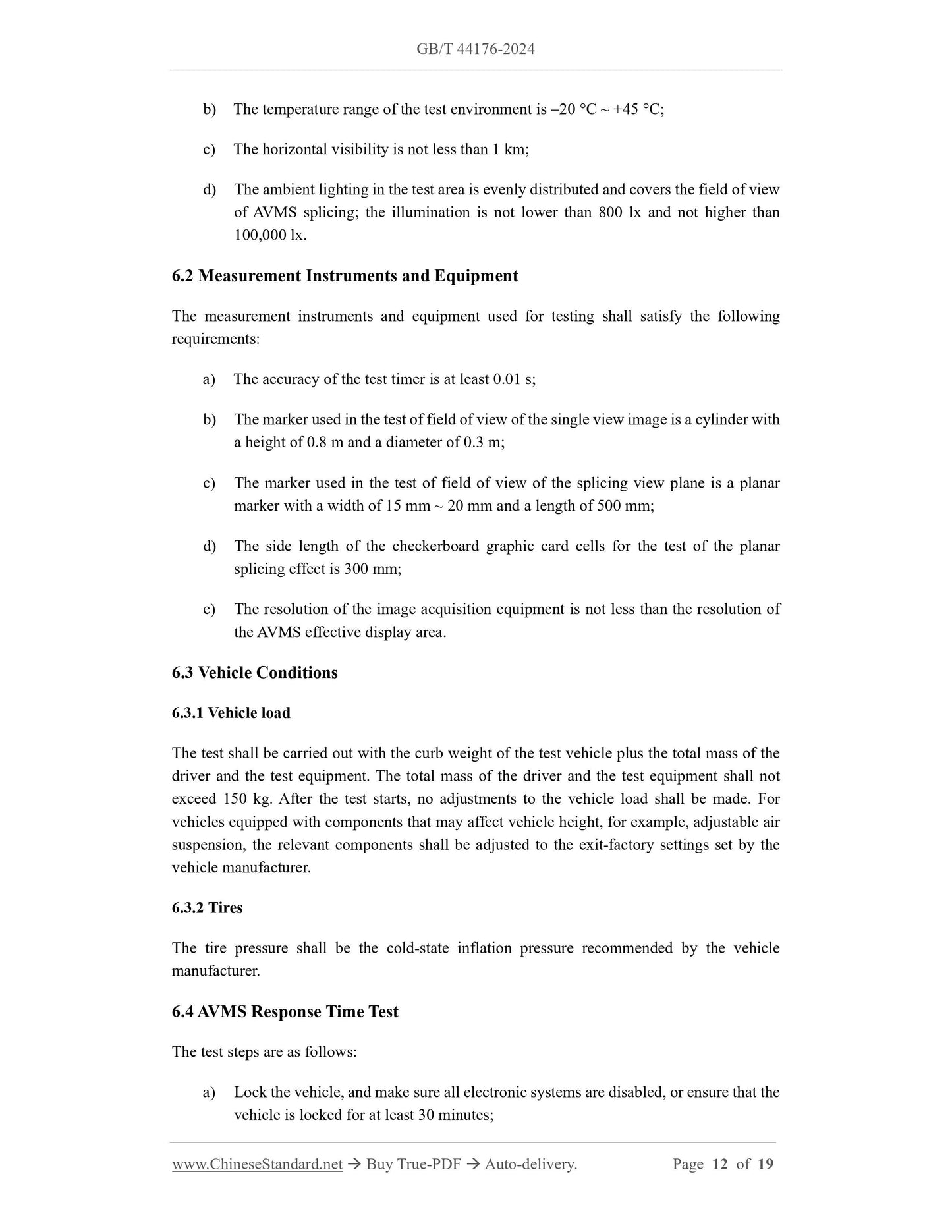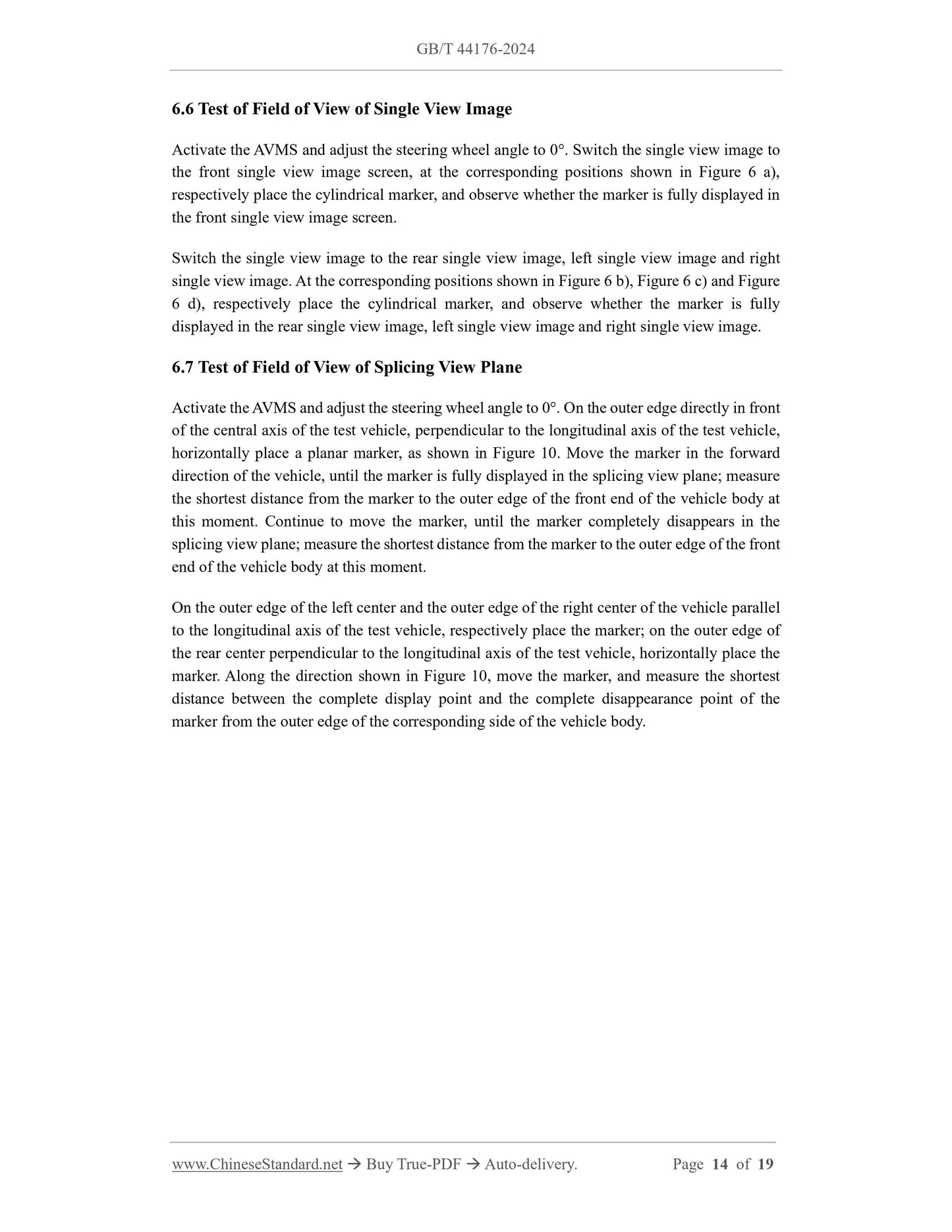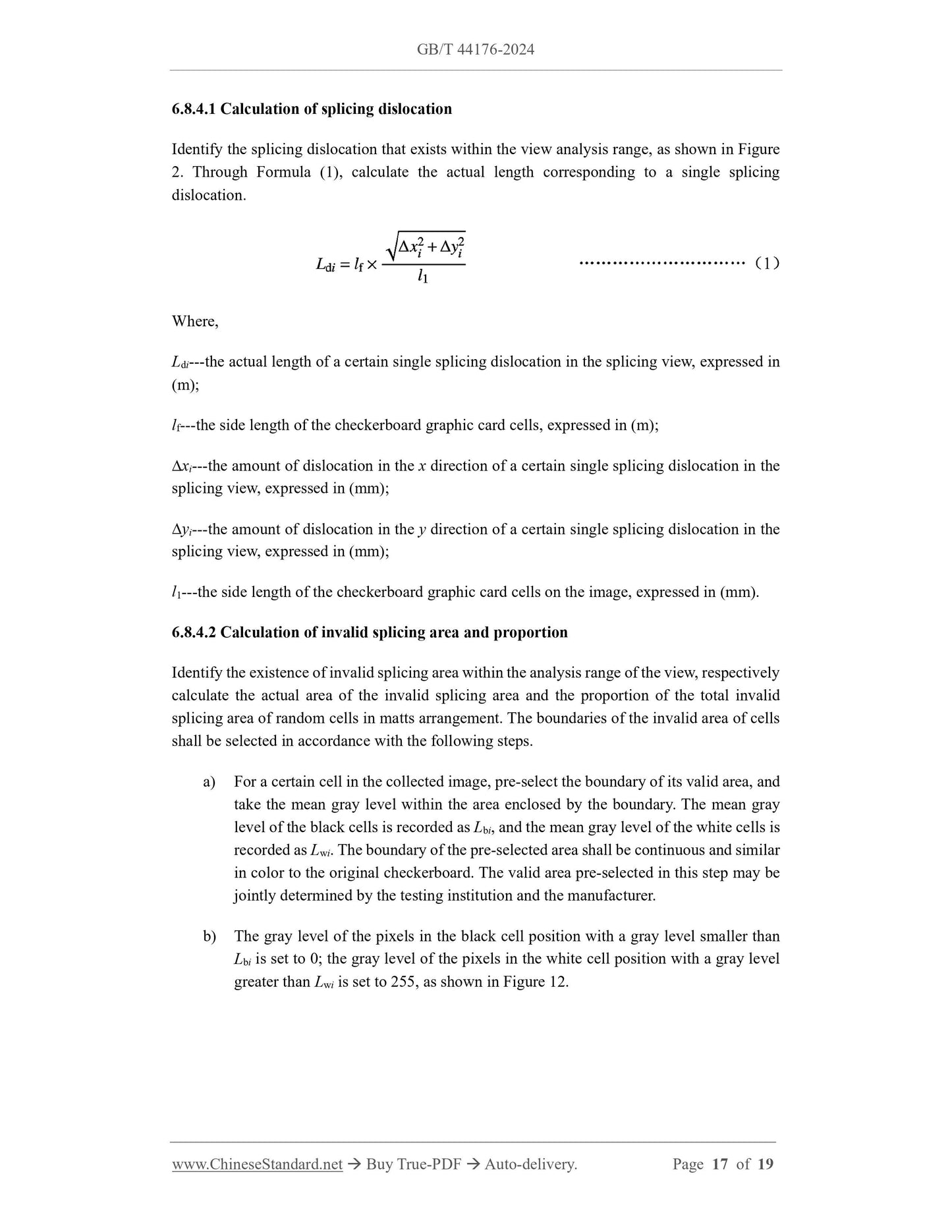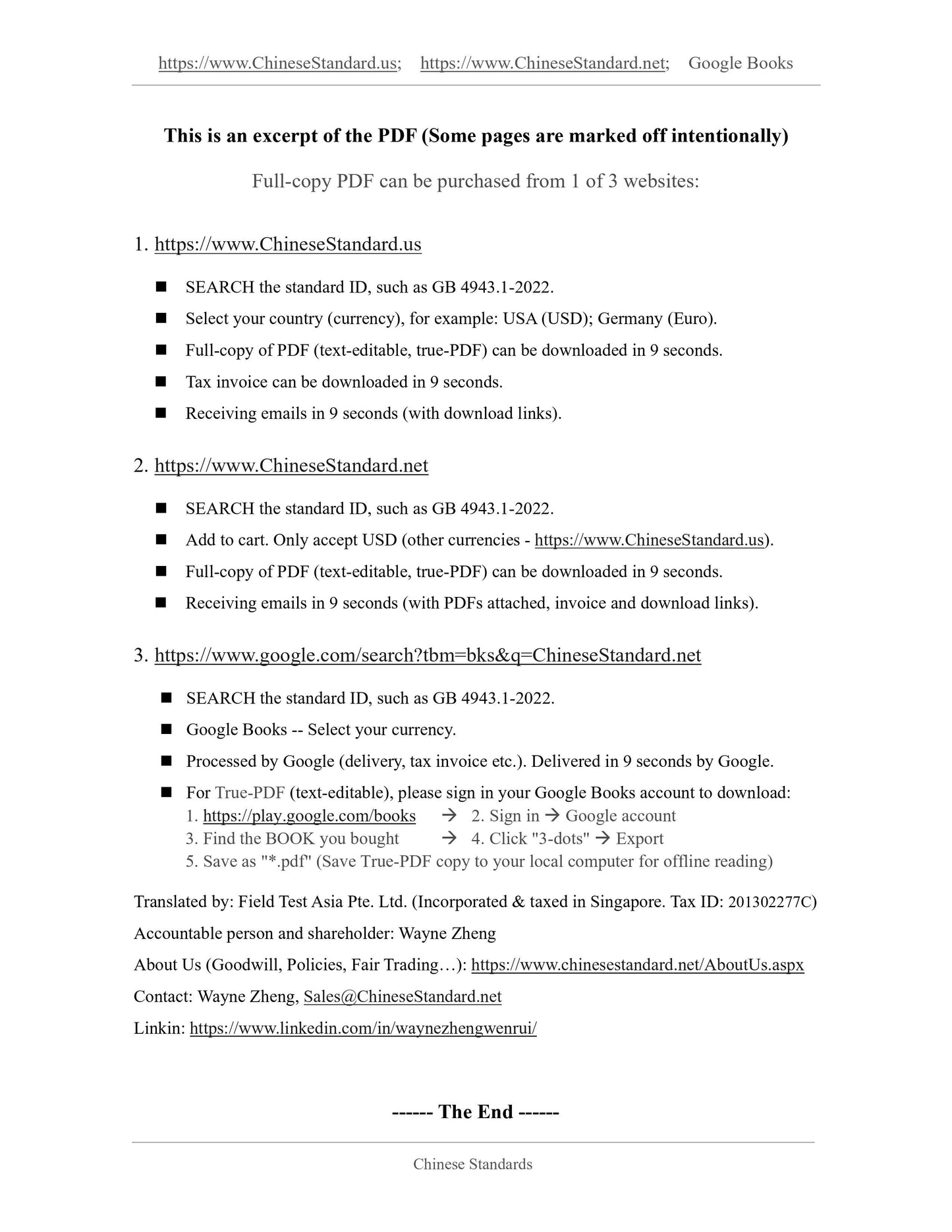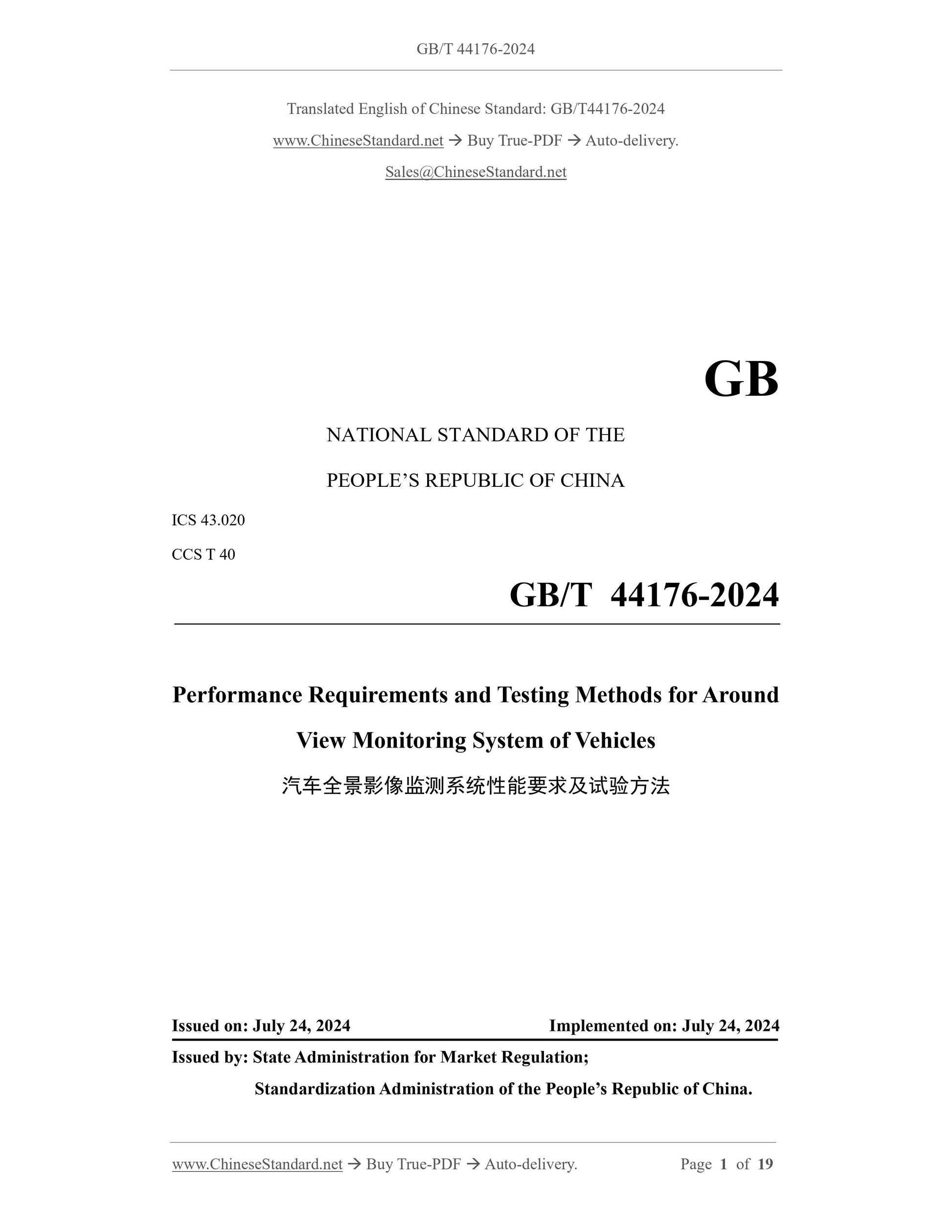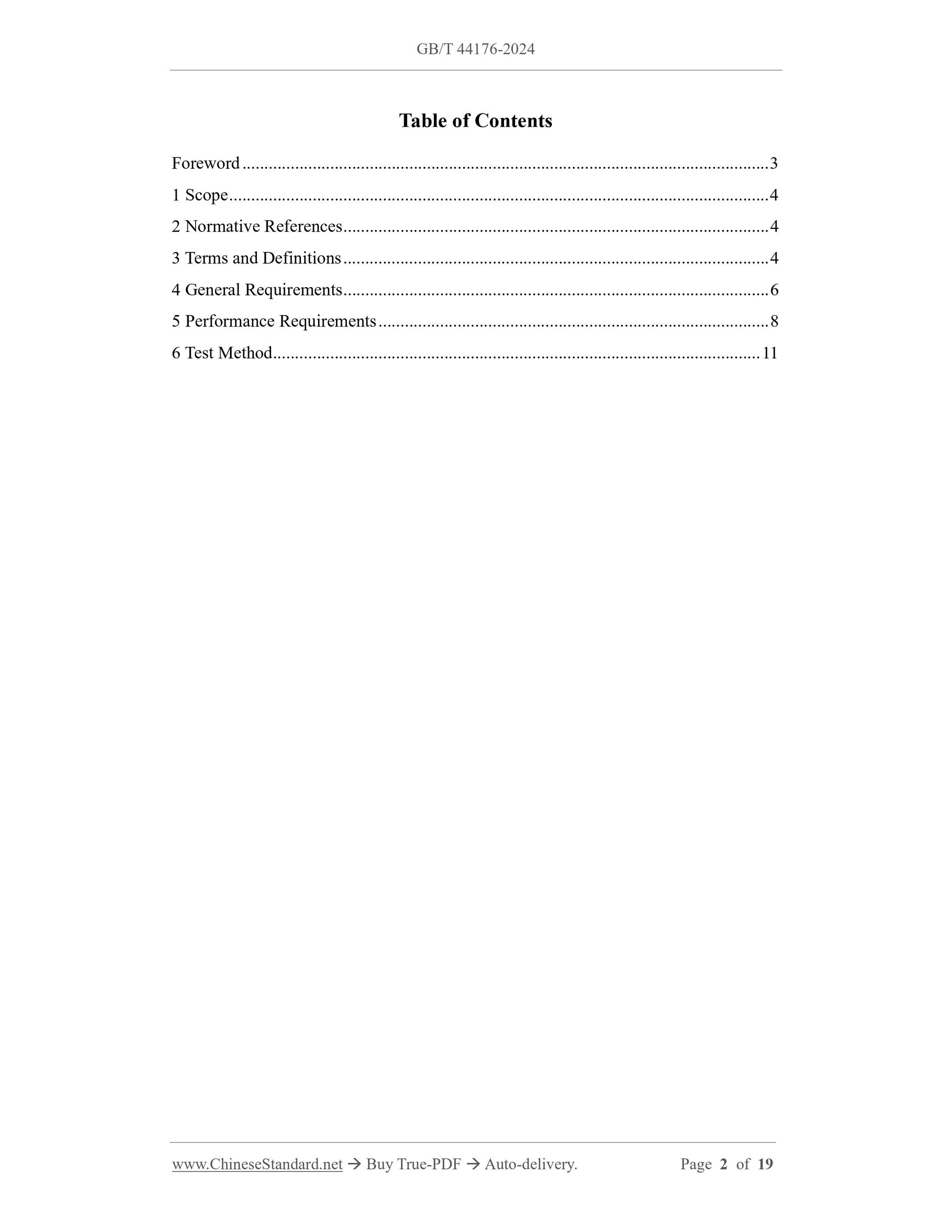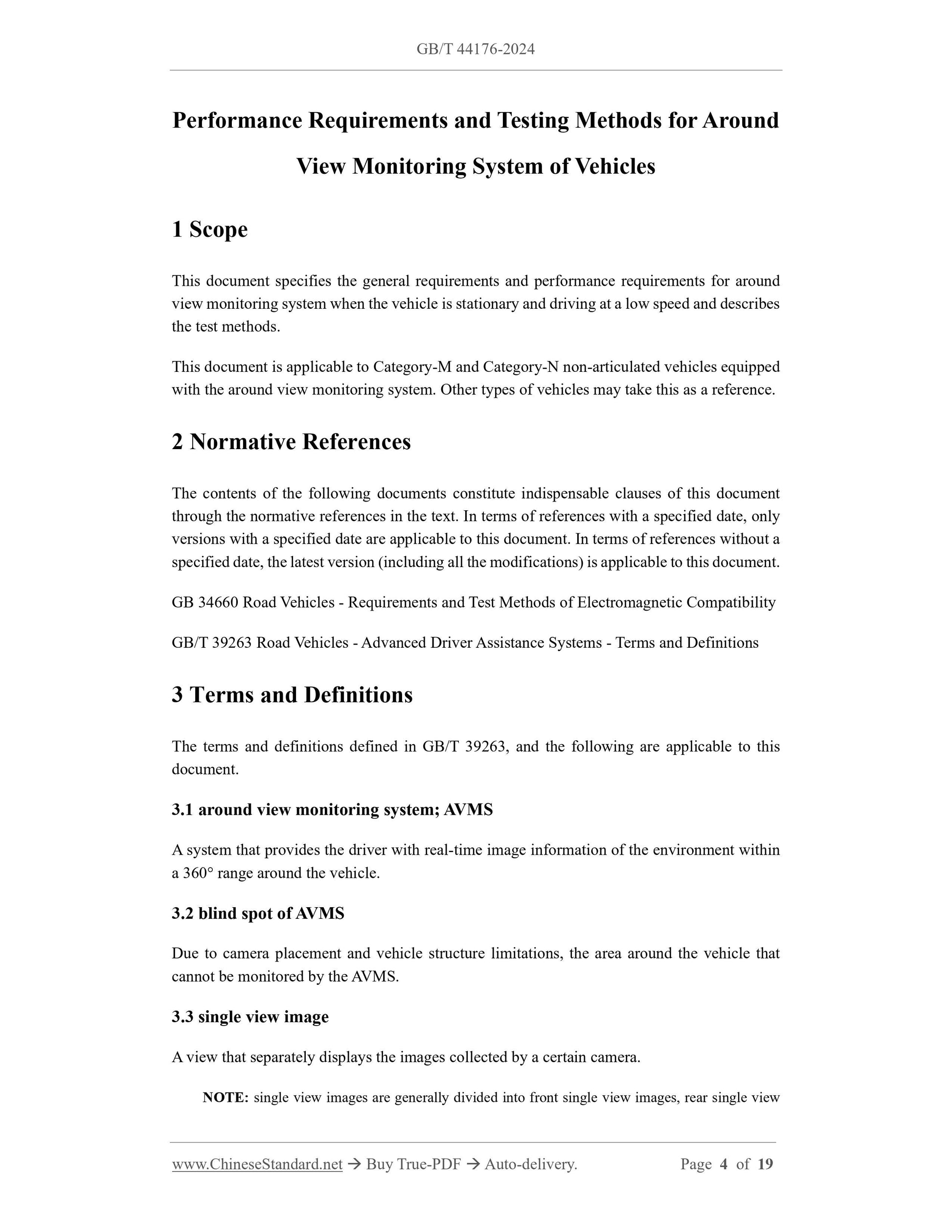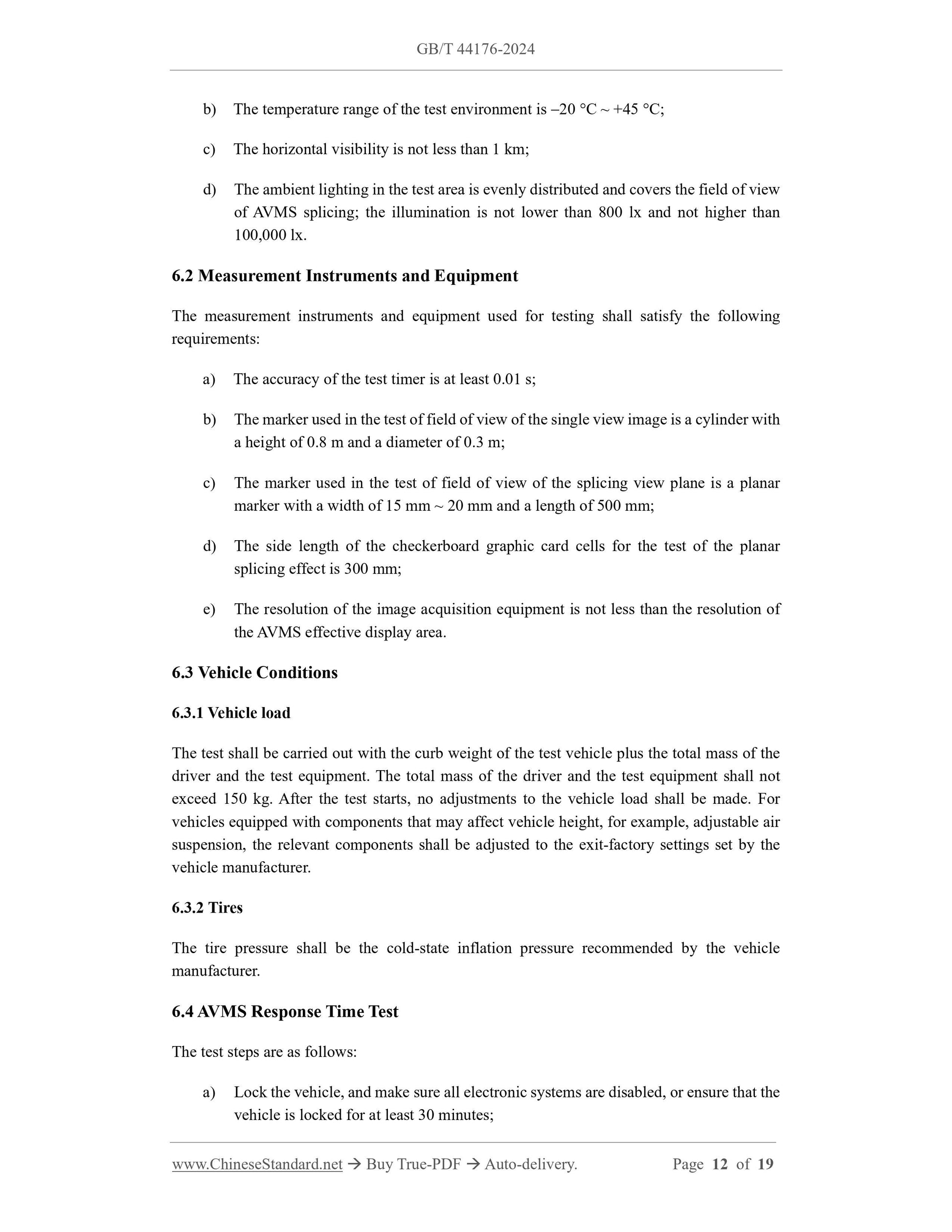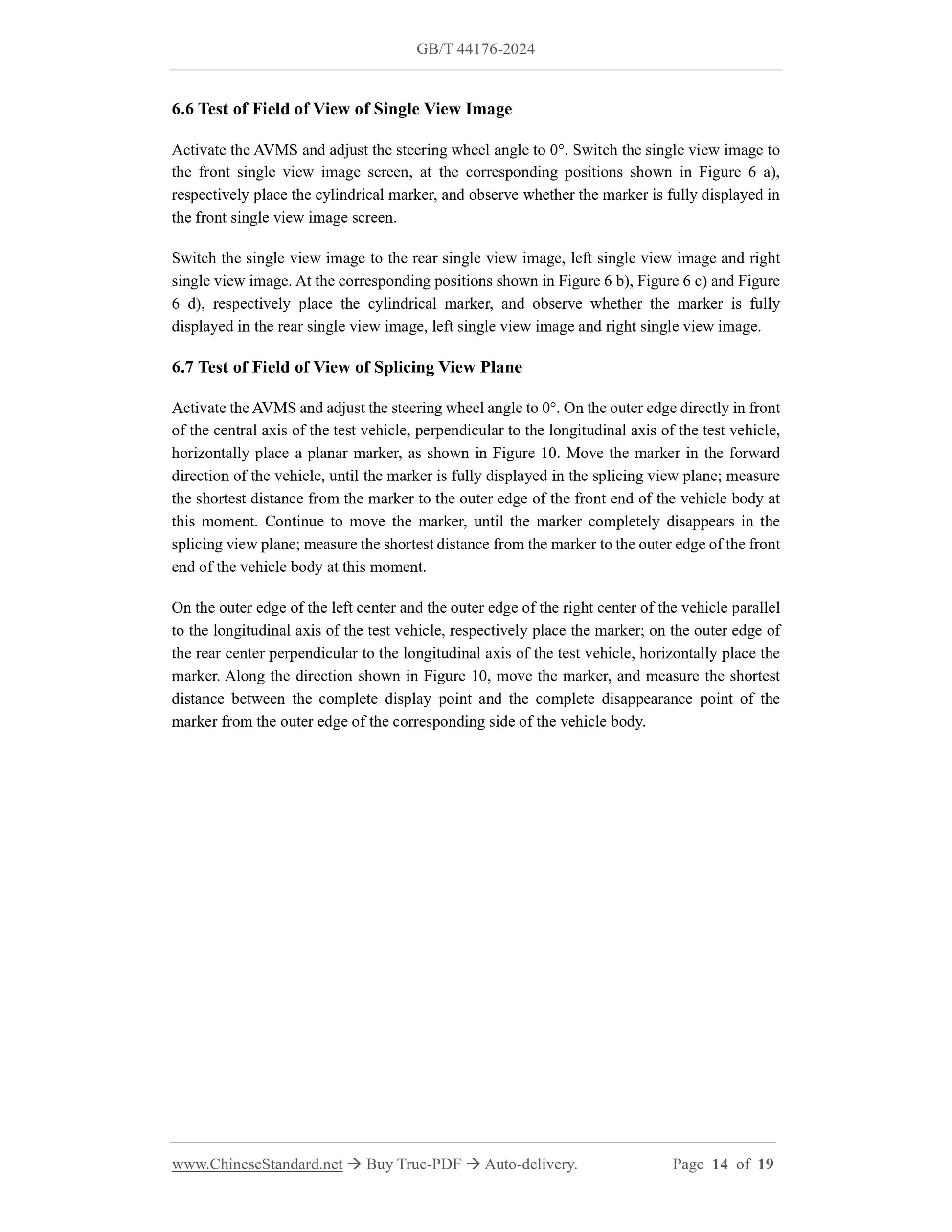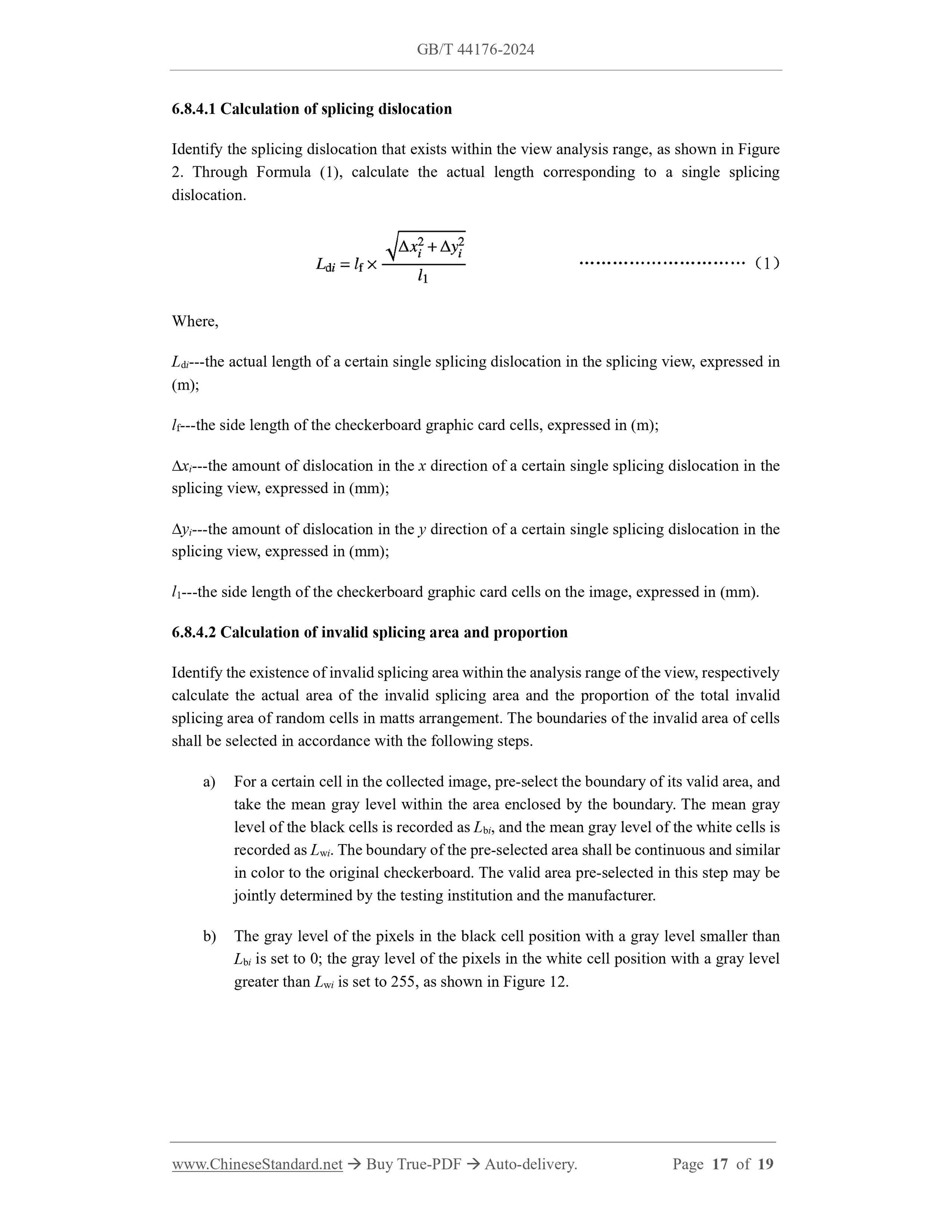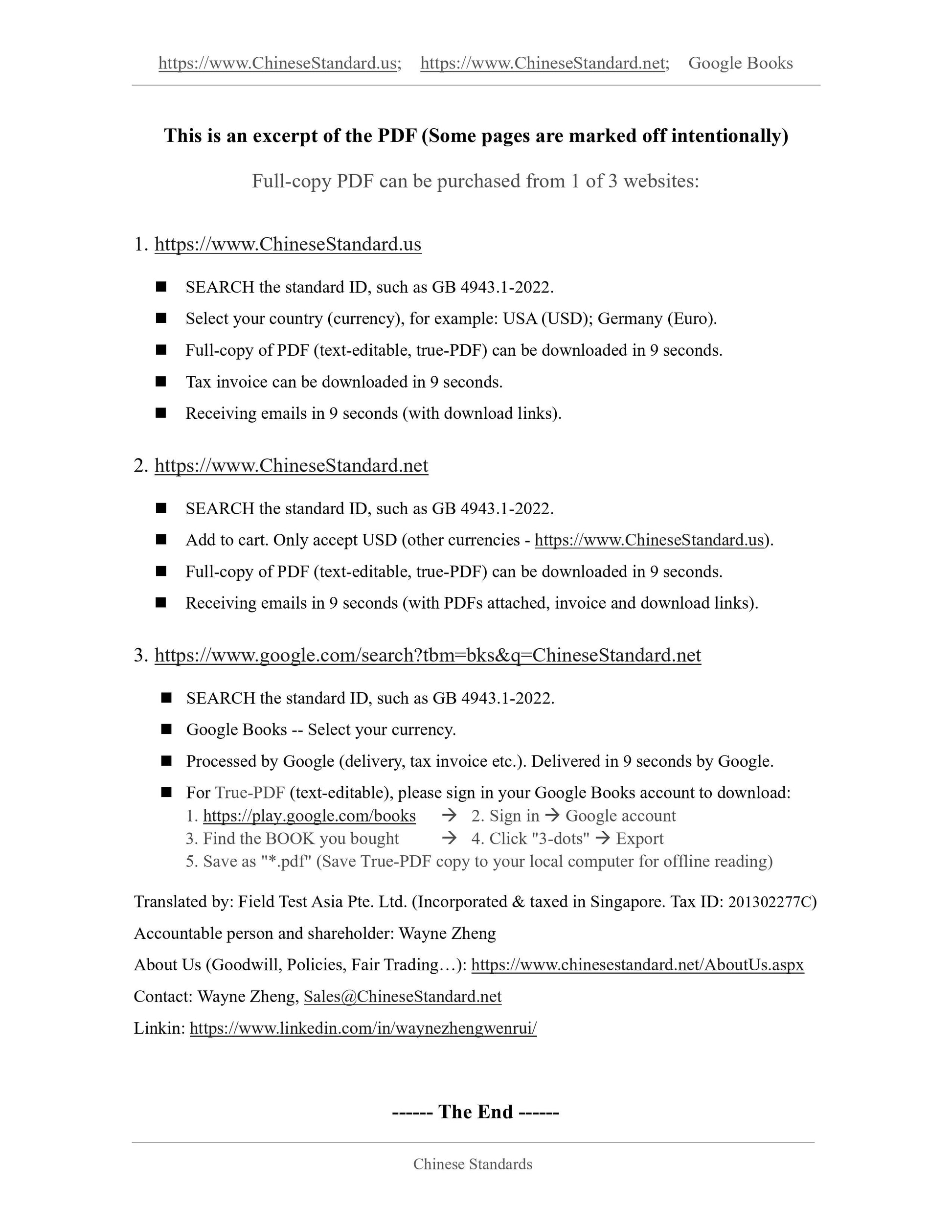1
/
of
7
www.ChineseStandard.us -- Field Test Asia Pte. Ltd.
GB/T 44176-2024 English PDF (GB/T44176-2024)
GB/T 44176-2024 English PDF (GB/T44176-2024)
Regular price
$350.00
Regular price
Sale price
$350.00
Unit price
/
per
Shipping calculated at checkout.
Couldn't load pickup availability
GB/T 44176-2024: Performance requirements and testing methods for around view monitoring system of vehicles
Delivery: 9 seconds. Download (and Email) true-PDF + Invoice.Get Quotation: Click GB/T 44176-2024 (Self-service in 1-minute)
Newer / historical versions: GB/T 44176-2024
Preview True-PDF
Scope
This document specifies the general requirements and performance requirements for aroundview monitoring system when the vehicle is stationary and driving at a low speed and describes
the test methods.
This document is applicable to Category-M and Category-N non-articulated vehicles equipped
with the around view monitoring system. Other types of vehicles may take this as a reference.
Basic Data
| Standard ID | GB/T 44176-2024 (GB/T44176-2024) |
| Description (Translated English) | Performance requirements and testing methods for around view monitoring system of vehicles |
| Sector / Industry | National Standard (Recommended) |
| Classification of Chinese Standard | T40 |
| Classification of International Standard | 43.020 |
| Word Count Estimation | 18,140 |
| Date of Issue | 2024-07-24 |
| Date of Implementation | 2024-07-24 |
| Issuing agency(ies) | State Administration for Market Regulation, China National Standardization Administration |
Share
